 Independence Day, or July 4th, commemorates the day the American colonies declared independence from Great Britain in 1776. It is a day of celebration, relaxation and hopefully safe times with family and friends. Often, this day is focused on BBQs and fireworks. To learn more about the historical context, read on.
Independence Day, or July 4th, commemorates the day the American colonies declared independence from Great Britain in 1776. It is a day of celebration, relaxation and hopefully safe times with family and friends. Often, this day is focused on BBQs and fireworks. To learn more about the historical context, read on.
Abraham Lincoln: https://www.nps.gov/liho/learn/historyculture/declaration.htm
Now, my countrymen, if you have been taught doctrines conflicting with the great landmarks of the Declaration of Independence; if you have listened to suggestions which would take away from its grandeur, and mutilate the fair symmetry of its proportions; if you have been inclined to believe that all men are not created equal in those inalienable rights enumerated by our chart of liberty, let me entreat you to come back. Return to the fountain whose waters spring close by the blood of the Revolution. Think nothing of me – take no thought for the political fate of any man whomsoever – but come back to the truths that are in the Declaration of Independence. You may do anything with me you choose, if you will but heed these sacred principles. You may not only defeat me for the Senate, but you may take me and put me to death. While pretending no indifference to earthly honors, I do claim to be actuated in this contest by something higher than an anxiety for office. I charge you to drop every paltry and insignificant thought for any man’s success. It is nothing; I am nothing; Judge Douglas is nothing. But do not destroy that immortal emblem of Humanity – the Declaration of American Independence.
Frederick Douglass –Frederick Douglass was a fiery orator and his speeches were often published in various abolitionist (anti-slavery) newspapers. His well-known speech presented in Rochester, New York, on July 5, 1852, is often studied in literature classes today. Douglass moved to Rochester in 1847, when he became the publisher of The North Star, an abolitionist weekly. There were approximately 500 attendees who heard him speak, each paying twelve and a half cents.
The links below include transcripts of the speech, a live version read by James Earl Jones and a virtual free class on it being offered over the next few days.
https://www.youtube.com/watch?v=O0baE_CtU08
https://teachingamericanhistory.org/library/document/what-to-the-slave-is-the-fourth-of-july/
https://stbarts.org/event/1829422-2020-07-01-frederick-douglass-fourth-of-july-oration/
President Harry S. Truman , July 4 1951:
The principles of the Declaration of Independence are the right principles. They are sound enough to guide us through this crisis as they have guided us through other crises of the past. Freedom can overcome tyranny in the 20th century as surely as it overcame the tyrants of the 18th century. There is a text inscribed on the Liberty Bell, the bell that rang out a hundred and seventy-five years ago to announce the signing of the Declaration of Independence. When the Pennsylvania Provincial Assembly ordered that bell for the statehouse in Philadelphia, they directed that it should bear certain words, “well-shaped in large letters.” You remember what those words were: “Proclaim Liberty throughout all the land unto all the inhabitants thereof.” We should write these words again today. We should write them in everything we do in this country—”well-shaped in large letters”—by every deed and act, so that the whole world can read them.
Emma Lazarus, “The New Colossus” (1883) – Written to raise funds for the base of the Statue of Liberty, this famous poem is engraved on it for all to see. The lines “Give me your tired, your poor, Your huddled masses yearning to breathe free,” speak volumes to the nation of immigrants. Emma Lazarus was an American author of poetry, prose, and translations, as well as an activist for Jewish causes. She wrote the sonnet “The New Colossus” in 1883. Its lines appear inscribed on a bronze plaque, installed in 1903, on the pedestal of the Statue of Liberty. https://poets.org/poem/new-colossus?gclid=CjwKCAjwi_b3BRAGEiwAemPNU5p8KNMlkalKwZA7Dl3rY8BZMLinfQVoU6N1Tv_6_mV62I7P7IAaVhoCIbYQAvD_BwE
Claude McKay, “America” (1921) – A love sonnet written by a leader of the Harlem Rennaissance, “America” portrays the poet’s adoration for the country while, at the same time, confronting the troubles he has seen in his community. https://shenandoahliterary.org/blog/2014/03/america-by-claude-mckay-1921/
With freedom comes responsibility. Eleanor Roosevelt
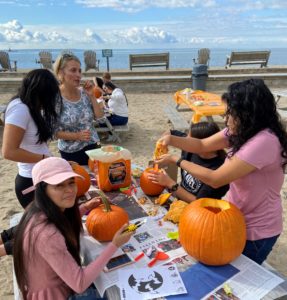
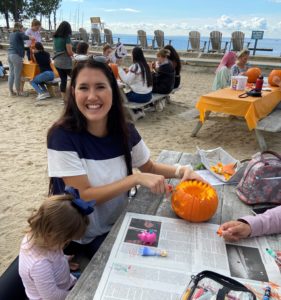






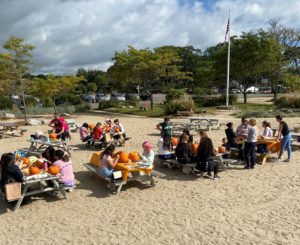


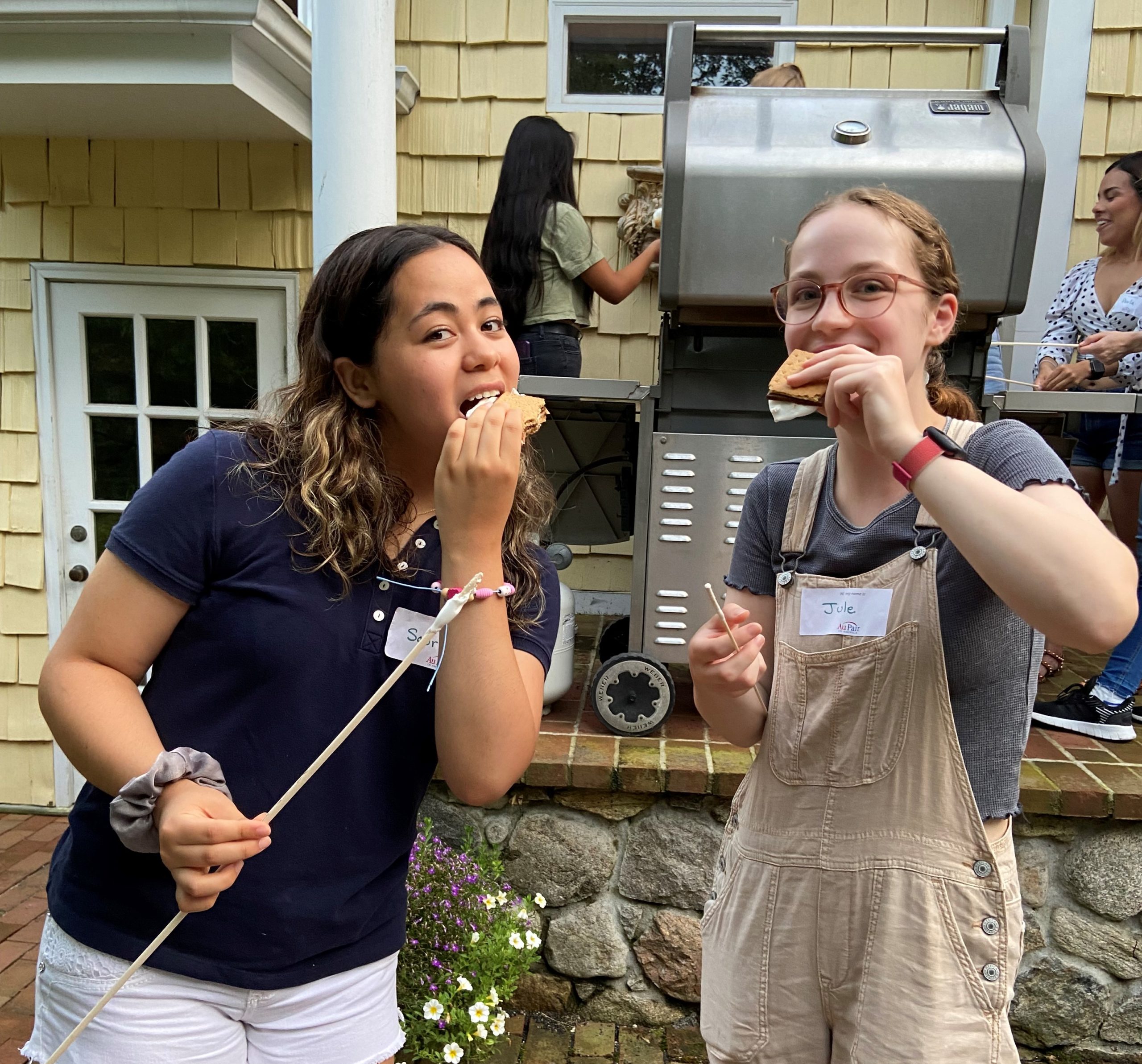

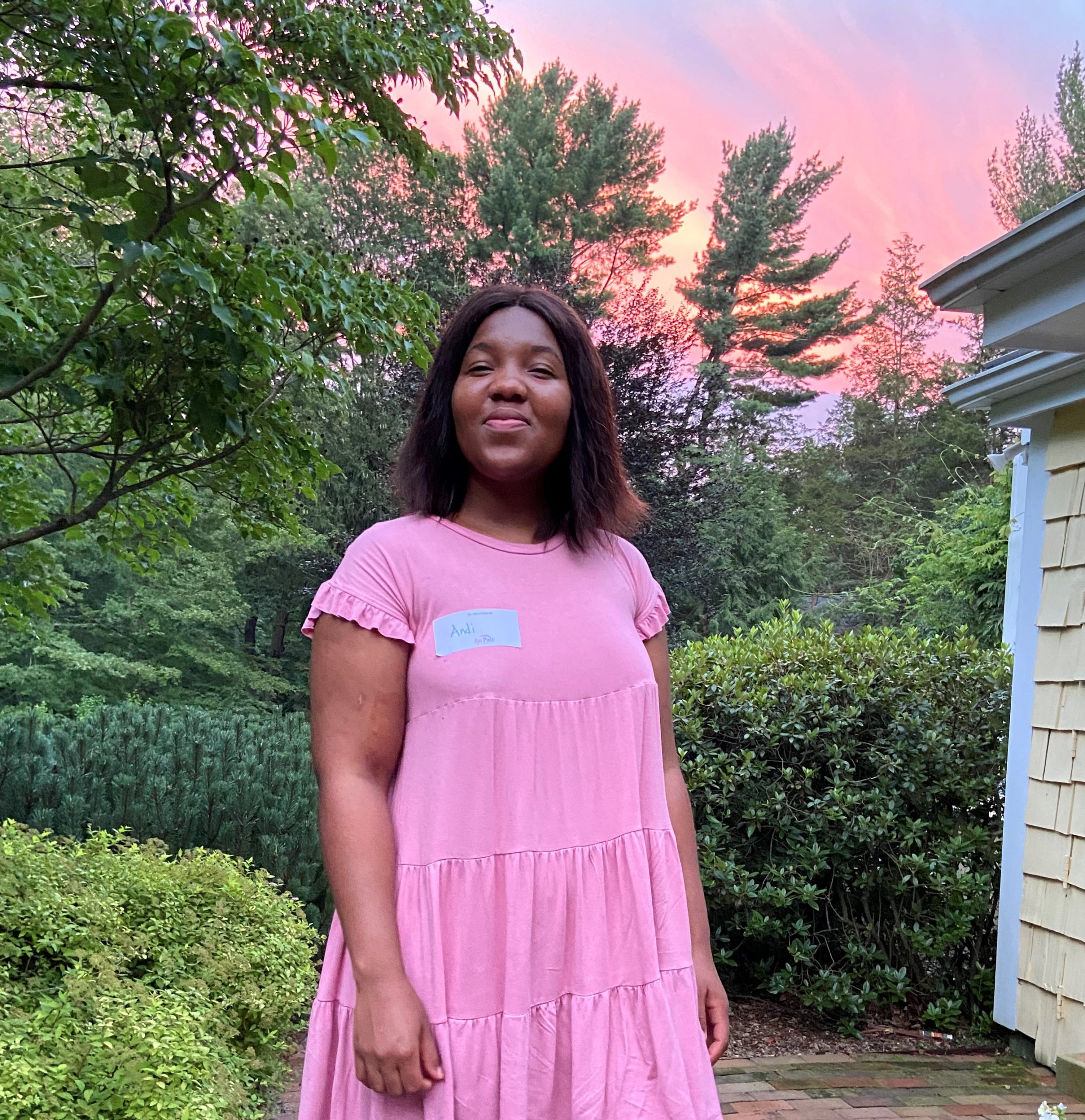



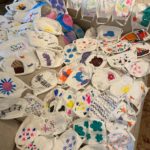
 In September, Staying Put in New Canaan asked for help decorating face masks to be included in food baskets being delivered as part of it’s Celebration of Generations virtual luncheon. Au pairs in New Canaan volunteered to decorate 60 of the white cotton masks. An international group from Brazil, the Czech Republic, Peru, New Zealand, Germany, Colombia, Latvia, South Africa and Poland participated.
In September, Staying Put in New Canaan asked for help decorating face masks to be included in food baskets being delivered as part of it’s Celebration of Generations virtual luncheon. Au pairs in New Canaan volunteered to decorate 60 of the white cotton masks. An international group from Brazil, the Czech Republic, Peru, New Zealand, Germany, Colombia, Latvia, South Africa and Poland participated.
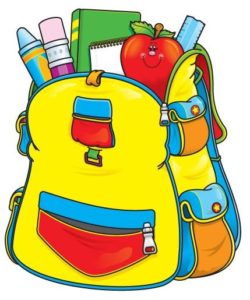






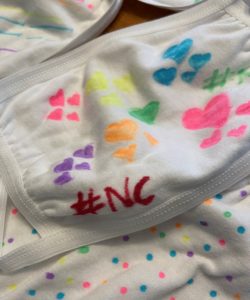
 It’s important to have effective morning routines so children get off to school without stress. Older children can help plan their routines.
It’s important to have effective morning routines so children get off to school without stress. Older children can help plan their routines. Independence Day, or July 4th, commemorates the day the American colonies declared independence from Great Britain in 1776. It is a day of celebration, relaxation and hopefully safe times with family and friends. Often, this day is focused on BBQs and fireworks. To learn more about the historical context, read on.
Independence Day, or July 4th, commemorates the day the American colonies declared independence from Great Britain in 1776. It is a day of celebration, relaxation and hopefully safe times with family and friends. Often, this day is focused on BBQs and fireworks. To learn more about the historical context, read on.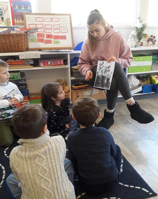
 Valentine’s Day (February 14) is a time of love, friendship, giving, and caring. Americans use Valentine’s Day as an opportunity to tell friends and family how much they care. Children usually exchange cards at school.
Valentine’s Day (February 14) is a time of love, friendship, giving, and caring. Americans use Valentine’s Day as an opportunity to tell friends and family how much they care. Children usually exchange cards at school.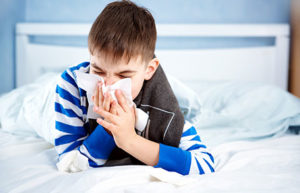 Sore throat and runny nose are usually the first signs of a cold, followed by coughing and sneezing. Most people recover in about 7-10 days. You can help reduce your risk of getting a cold: wash your hands often, avoid close contact with sick people, and don’t touch your face with unwashed hands.
Sore throat and runny nose are usually the first signs of a cold, followed by coughing and sneezing. Most people recover in about 7-10 days. You can help reduce your risk of getting a cold: wash your hands often, avoid close contact with sick people, and don’t touch your face with unwashed hands.
